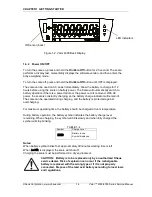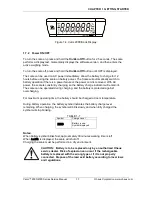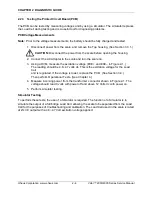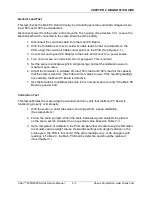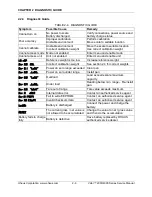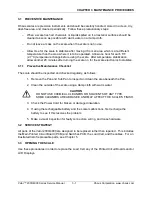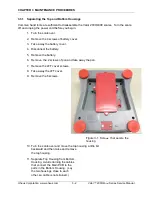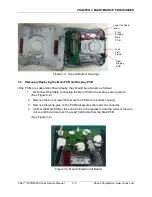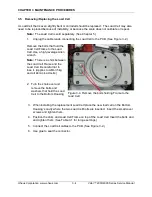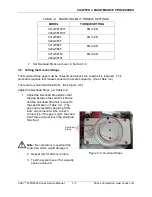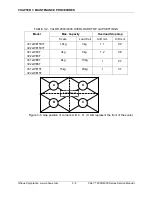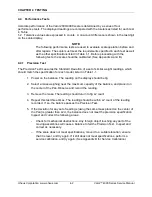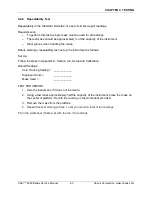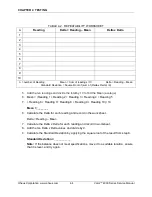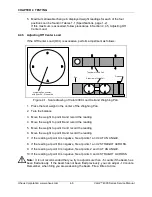
CHAPTER 2 DIAGNOSTIC GUIDE
Ohaus Corporation www.ohaus.com
2-4
Valor
™ 2000/4000 Series Service Manual
2.2.3 Testing the Printed Circuit Board (PCB)
The PCB can be tested by measuring voltages and by using a simulator. The simulator replaces
the Load Cell during testing and is a useful tool for diagnosing problems.
PCB Voltage Measurements
Note:
Prior to the voltage measurements, the battery should be fully charged and tested.
1. Disconnect power from the scale, and remove the Top housing. (See Section 3.3.1.)
CAUTION:
Disconnect the power from the scale before opening the housing.
2. Connect the AC Adapter to the scale and turn the scale on.
3. Using a DVM, measure the excitation voltage (EXE+ and EXE
– in Figure 2-1.)
The reading should be 4.6~4.7 volts dc. This is the excitation voltage for the Load
Cell
and is regulated. If the voltage is lower, replace the PCB. (See Section 3.4.)
Then perform Operational Tests. (See Chapter 4.)
4. Measure incoming power from the transformer connector shown in Figure 2-1. The
voltage should read 0 volts with power off and above 12 Volts dc with power on.
5. Perform simulator testing.
Simulator Testing
To perform these tests, the use of a Simulator is required. The function of a Simulator is to
simulate the output of a full bridge Load Cell, allowing the scale to be separated from the Load
Cell for the purposes of troubleshooting and calibration. The Load Cell used in the scale is rated
at 2mV/V output with a 4.6~4.7 Volt excitation voltage applied.
Содержание VALOR 4000
Страница 3: ......






